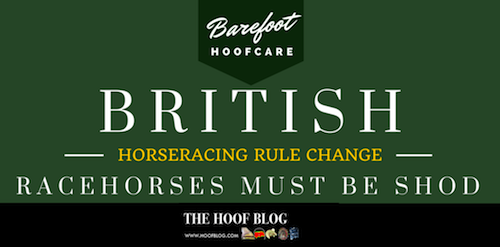 |
| The Anzac trophy hoof / inkwell lives in the heraldry collection of the Australian War Memorial. |
Today, a salute to our friends in Australia and New Zealand, where it's Anzac Day. It's not exactly a holiday; it's a day of remembrance, lest the people in those countries ever forget the extreme national tragedies experienced during World War I when Anzac (Australian and New Zealand Army Corps) forces landed on the Turkish coast in 1915 at a place called Gallipoli. According to the Australian War Memorial, more than130,000 died, on both sides, during eight months of trying to take the strategic piece of land.
What most people know about Gallipoli is the terrible Australian loss that occurred on April 25, 1915, when half of the 500 unmounted members of the Australian Light Horse cavalry who charged ashore were mown down and killed. The moving 1981 film "Gallipoli", starring Mel Gibson, tells the story.
While the Australian Light Horse and New Zealand Mounted Rifles were trained as cavalry, they fought on foot at Gallipoli. Their horses waited in Egypt. A large corps of international farriers waited with them, to care for them, keep them shod, and help them adapt to life in the desert.
They kept themselves busy, and hung on the news drifting back to Egypt about what was happening to their countrymen at Gallipoli.





